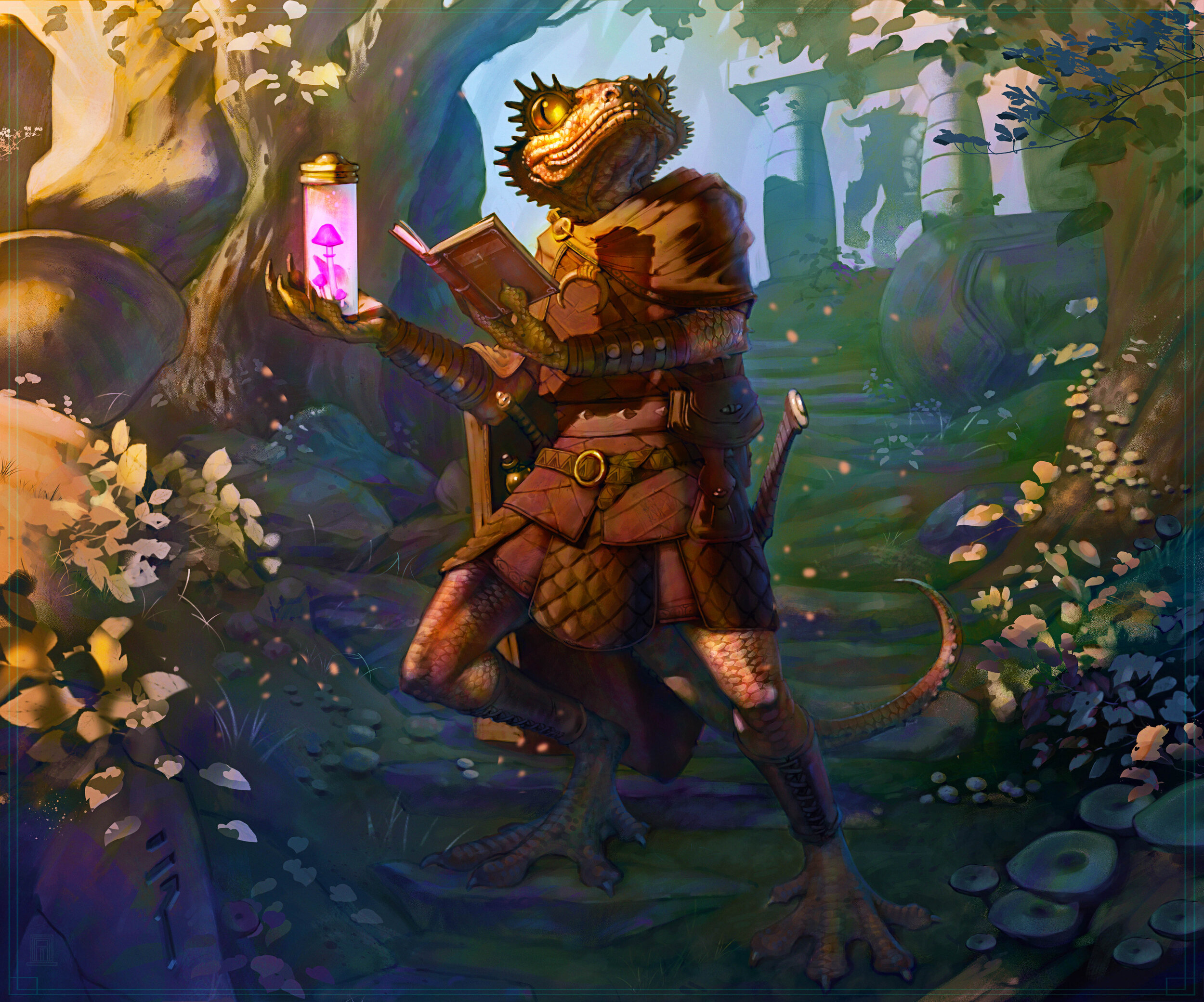Where Can I Show My Art? How to Sell Locally.
/If art is your passion, you probably want to show it off to the world. The issue is how to effectively do that given the number of artists likely competing with one another in your community along. You will want to know how to sell your art locally and where to show it so that you can start to build a name for yourself.
You can show your art in a number of different locations, including coffee shops, art shows, street fairs, bookstores, private companies, and many more. Each of these locations will provide you with a unique venue to showcase your talents. The key is to be able to get in on the ground floor.
With so many different places out there where you can show your art, now is the time to start considering all the possibilities available to you. It is also possible to start selling your masterpieces in volumes that you may have never dreamed possible. To begin, you will want to continue reading to learn about the various ways you can show and sell your art.
Showcasing Your Art Locally: Networking the Neighborhood
Unless you are the type of artist who wants to keep his work hidden, you are going to want to show off your work at some point. Thankfully, there are many different to show your artwork in a way the benefits the local community and can bring you recognition at the same time. The key is to get creative and look for ways to get your art in front of as many people as possible.
To get your creative juices flowing, here are some ideas of how you can show your art in such a way that gets you noticed.
Use your house – When you are a young artist, there might not be many options. However, your own house makes a great location to show off your work. Hang up some pieces, put them on easels, and then invite over your friends and neighbors to a showing.
Look to local businesses – You probably have many local businesses that you have been patronizing for quite some time. Many of those would welcome the opportunity to pay back your patronage by allowing you to hang a few pieces of your work in their place of business.
Local art fairs - Most likely, your city has some kind of local art fair. Be it a weekly neighborhood art walk or larger street venue, chances are this can be a great opportunity to begin showcasing your art to the public. Research options for renting stall space or network with local businesses to find opportunities there.
Work with other artists – There are probably other artists in your area looking for ways to show their work as well. To save on the expenses, you could go in together and rent an area to show your art all at the same time.
Consider an exhibition – Many exhibitions are happening all over the country on a regular basis. You need to find one that is appropriate to your type of art and then work to get invited. You will want to check the rules for the exhibition to make sure that you agree with the terms and conditions.
Use the Internet – The Internet can be an invaluable way to show your art today. This is a low-cost way to market your work to the world. You can even host virtual art shows if you want. There are so many ways to use the Internet to show your art that an entire article would need to be devoted to the topic, but for now you can just use your imagination to get started.
These are just a few of the many ways that you can show your art today. The sky is really the limit where this is concerned. You will want to take into account your local art scene and find ways to get your work in front of the people that matter. If you do that, you will find that your pieces will even start to sell more than you ever imagined.
How do I Sell My Art Locally? Leverage Your Local Network
Selling your art locally is easier than you might think. If you have lived in your community for quite some time, there are probably quite a few people who have known you for years. They will be your biggest supports. Do not be afraid to enlist their help. To support you, they will probably buy a piece or two. Impress them, and they will begin to tell others.
Beyond that, you can begin to sell your art locally by targeting specific businesses around you. The key here is to cut expenses. You probably do not have a big budget to travel all over the country attending art shows and exhibitions at this point. That is ok. All you may have to do is drive over to the local coffee shop and strike up a conversation with the owner or manager.
Many businesses will offer to sell work from local artists. They will allow you to display your work and then promote that the pieces are for sale. Some will do this as a free service, while others may ask for a certain commission. Whatever deal you strike up, make sure that you are comfortable with it and that you take care of all your customers. This will incentivize the business to maintain its relationship with you.
Click here to listen to our second interview Daria
Getting Noticed: Low-Cost Venues to Get Your Art in Front of the Public
Before you can really begin selling your art, you must be able to show it. Earlier we talked about how you can do that, but now we want to get a bit more specific as to where you can show your work so that your talent gets noticed. The key is to do this at low or no cost to you. That is possible if you stick to the following venues.
Cultural centers – The buildings are always looking to showcase local talent, so they may be willing to show your art for a few weeks or months.
Art galleries – Galleries regularly change their collection and focus on particular themes. If your work fits into their concept, they may be willing to give you some space in an upcoming exhibition.
Local office buildings – Office buildings tend to have lobbies and waiting areas that need to be decorated. They may be willing to show your work as a way to brighten up the place, allowing you also to put your artist name and information under each piece.
Art themed cafes – The name says it all. These cafés live to support local artists, so do not be afraid to ask them for some help.
Outdoor public locations – This requires you to get out of your comfort zone, but set up in a local park once a month and see how many people stop to take a look.
These are just a few of the places where you can show your art. Be creative and get your work out there for the community to see.
How Do Artists Get Their Work Into Galleries?
For artists, getting their work into galleries can be a significant milestone in their career, and while it may seem daunting, it doesn't have to be. The key to success lies in building relationships with gallery personnel.
A good starting point is to become a regular visitor to local galleries. By attending exhibitions and events, you can develop an appreciation for different types of art and gain an understanding of the gallery's preferences and aesthetic. Networking with other artists, collectors, and gallery personnel can also help you to establish valuable connections and potentially open doors for you.
Once you've developed a relationship with gallery personnel, you can start to pitch your work. However, it's essential to approach the gallery in a professional manner and ensure that your work aligns with their vision and interests. It's also crucial to be patient, as galleries receive numerous submissions, and it can take time to get a response.
Another way to get your foot in the door is by participating in art fairs, exhibitions, and competitions. These events provide an opportunity to showcase your work to a broader audience, including gallery representatives and collectors. Winning awards or being selected for an exhibition can also help to increase your visibility and credibility.
Once you establish a relationship with personnel at a gallery, you will have much more influence when it comes to asking them to consider displaying your work. This is how it all begins, so stick with it and be patient. When the gallery has an opening, you just might be the artist that they call.
Selling Art on the Street
Another interesting prospect available to you is to sell your art on the street. This does require you to interact with complete strangers a bit more than you might be comfortable with, but it will get easier with time and experience. This is also a chance for you to get out in the community and gain some new fans.
Depending on where you live, selling your art on the street could be as simple as setting up a stand in the middle of the town square on the weekends to standing out by the Riverwalk during the height of tourist season. The key is to be a visible and safe place that will get you noticed. You also want to make sure you set up in an area that it is legal to do so.
Please be advised to research your local laws and regulations for selling merchandise on the street!
Many artists will also paint on the street while they are selling their work. This could be very effective for you. This will attract others over to see what you are doing, at which time you can also show them some of your previous work. Many artists find that they can make quite a tidy sum of money each year when selling their art on the street.
Utilizing Coffee Shops as a Platform for Art Sales
You do not have to be a coffee drinker to sell your art in a local coffee shop, but it doesn’t hurt either. The concept here is one entrepreneur helping out another. The bottom line is that coffee shops tend to be community minded. This means that they try to remain active and help out local residents whenever possible.
Enter these interactions with consideration for what value you can offer the establishment. Think about what you can give rather than just what you can get.
Coffee shops are also known as a place of community. The goal is to get people to stick around for a while once they have ordered their favorite hot beverage. What better way to do that than to have artwork displayed around the café?
The principle is rather simple. You agree to provide the coffee shop with tasteful pieces of art that they can use to decorate their walls. For their part, they will offer them for sale and take care of the transaction for you. As one is sold, you will simply replace it with another. Some coffee shops will give you a month or two, while others might make you exclusive to their shop.
How Do I Sell My Art to a Company?
If you are looking to sell your art to a company, the approach is a bit different. You will need to start by doing some research. You will want to look for clients who need and are interested in the type of work you do. Interior designers are a great place to start, as they will have a broad range of needs that you might be able to fill for their clients.
In order to make this happen, you will want to create a portfolio. This allows you to quickly demonstrate what you have and how you can be of value to the company. You can also create this portfolio in a virtual environment to make it easier to distribute. Be sure to follow with every company that you contact. Do not be afraid of rejection. Companies that say no today may call you a year or two from now.
Hotels as a Market for Art: Opportunities for Artists
Hotels often purchase artwork from various sources to enhance their decor and create a unique atmosphere. In addition to working with art consultants and interior designers, hotels may also purchase art directly from artists. One way to get started is to look for calls for entry, which can be found through online art platforms, art organizations, and industry publications. These calls often provide artists with an opportunity to showcase their work and potentially sell pieces to hotels and other businesses.
It's also worth networking with art consultants, designers, and hospitality professionals who may be able to provide insights into the industry and connect you with potential buyers. By understanding the needs and preferences of hotels, artists can create artwork that aligns with the hotel's aesthetic and enhances the guest experience.
Should I Sell Original Art or Prints?
As an artist running a business, deciding whether to sell original pieces or prints can be a tough choice. Each option has its pros and cons, and ultimately, it depends on what you are looking to achieve with your art business.
Original pieces are unique and command a higher price tag since the buyer knows they are getting a one-of-a-kind piece. However, creating original pieces takes time and effort, and the market for them can be limited. Moreover, the time and effort required to create an original piece mean that the number of pieces you can produce is limited, which can impact your ability to grow your business.
On the other hand, prints are lower priced, making them more accessible to a broader range of customers. This means that you can sell more of them, potentially generating more revenue for your business. Prints can also be a great way to showcase your art and build your brand since they are more widely available and can reach a larger audience.
Ultimately, a combination of selling both original pieces and prints may be the best approach for your art business. Offering prints can help expand your reach and increase revenue, while still maintaining the value of your original pieces. It's important to strike a balance between the two and ensure that you're meeting the needs of both collectors and casual art enthusiasts.
What Size Art Prints Sell Best?
Art is a highly subjective field, and people have different tastes when it comes to what kind of artwork they want to display in their homes or offices. However, there are certain sizes of prints that tend to be more popular than others, and this is especially true when it comes to paintings.
In general, 11x14 prints are a popular choice among buyers because they are versatile and can fit well in most types of rooms. They are not too small to be overlooked, nor too large to overpower the decor. This size is also suitable for displaying art in a group or cluster, which is a popular trend in interior design.
When creating your next piece of art, it's worth keeping in mind that the size of the finished piece can impact its appeal and saleability. However, it's important not to limit your creativity or expression by focusing solely on what sells best. While it's useful to consider market trends, it's also essential to stay true to your artistic vision and create work that you're passionate about.
In addition to size, there are other factors that can affect the popularity of your artwork, such as color, subject matter, and style. It's worth experimenting with different techniques and themes to see what resonates most with your audience.
Ultimately, while 11x14 prints may be a popular choice among buyers, it's important to remember that art is a highly personal and subjective experience. As an artist, it's your job to create work that speaks to your own unique perspective and connects with your audience on a deeper level.
Wrap-Up
Now that you are aware of some of the many places to sell and show your art, it is time to start putting together your action plan. There are some great opportunities in your local community to do this, and that might just open up some more avenues for you as an artist in the future. Use your passion for art as a way to inspire others and gain recognition at the same time

































